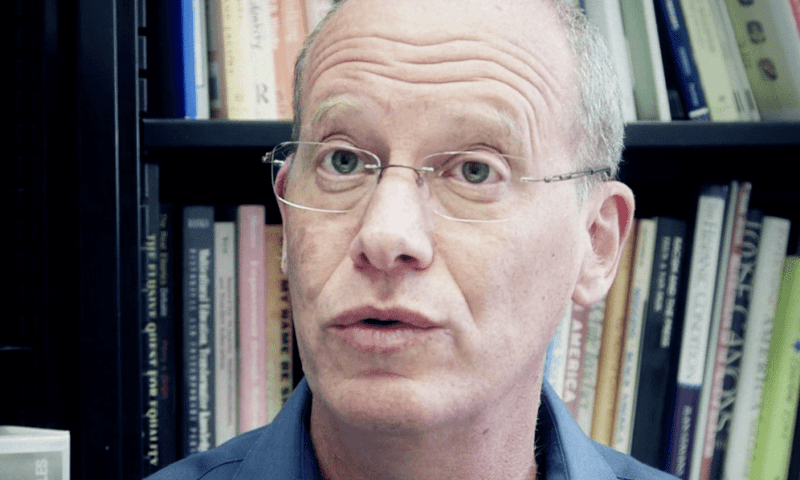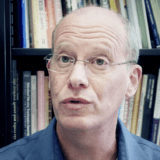LATEST NEWS
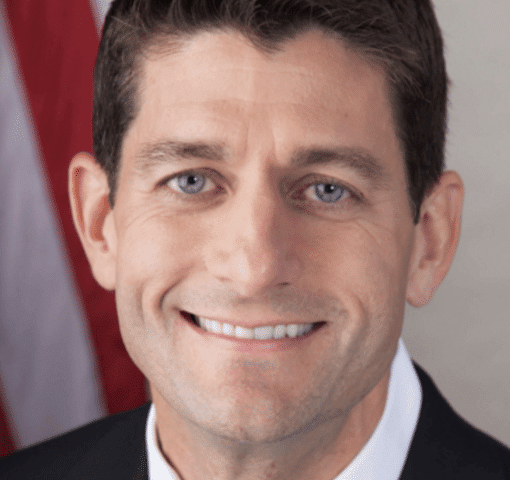

House Speaker Paul Ryan recently released a new “anti-poverty” plan that would only make it tougher for poor and working families to get by.
For the state’s first hundred-plus years, certain unspoken rules governed California politics. In a state where agriculture produced more wealth than any industry, the first rule was that growers held enormous power.
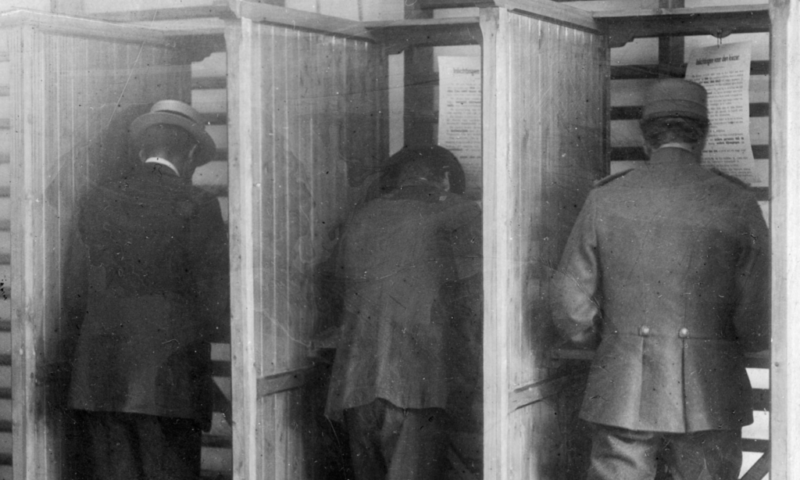
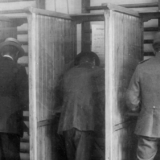
One of the unfortunate byproducts of the matchup between Hillary Clinton and Donald Trump is that the presidential race has already become a contest of personalities rather than one of ideas.


Almost 120,000 misdemeanor crimes are reviewed for criminal filing by the Los Angeles City Attorney’s office each year. This high volume of cases, coupled with reductions in court resources, make it nearly impossible to consider each person’s situation individually.


Dan Berman is a Davis, California-based author, researcher and teacher with a wry sense of humor and deep wisdom regarding labor union and social justice activism for healthy workplaces.
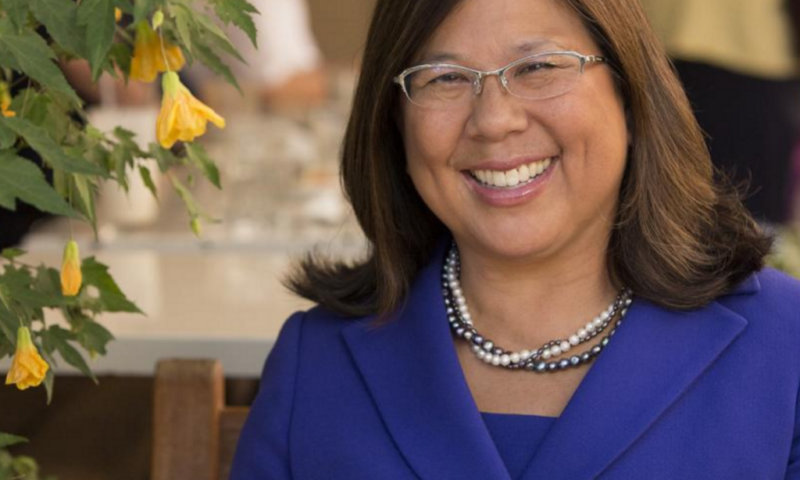

The last time California enacted comprehensive tax reform, FDR was president, Babe Ruth was still playing baseball and the Golden State was five years away from seeing its first freeway open.
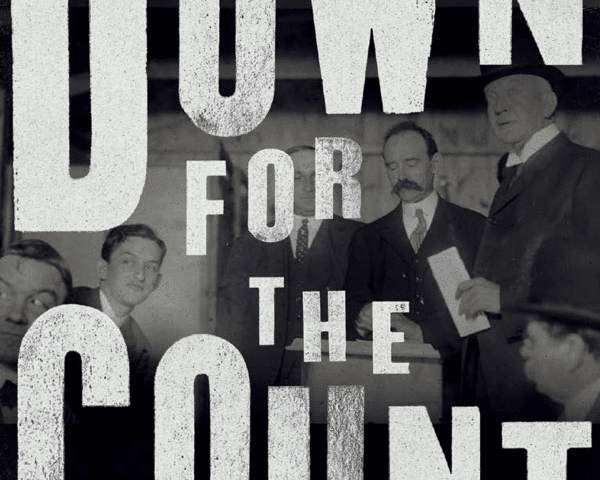

Most of us ignore the electoral process except when we’re voting. We stand in line and punch the card, carefully sweeping off the chads before we put it in the box. And leave the polls believing in the validity of our vote.
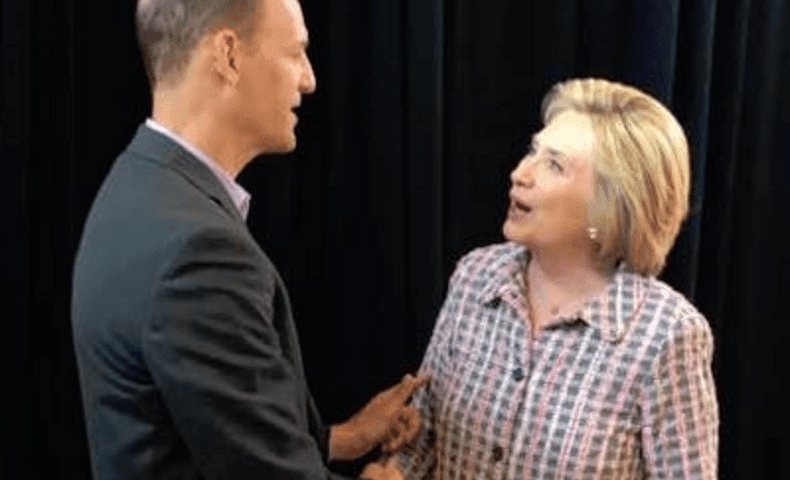

As the June 15th deadline for a California budget approaches, Kevin McCarty finds himself a power broker in a fight over billions of dollars of funding for the University of California.
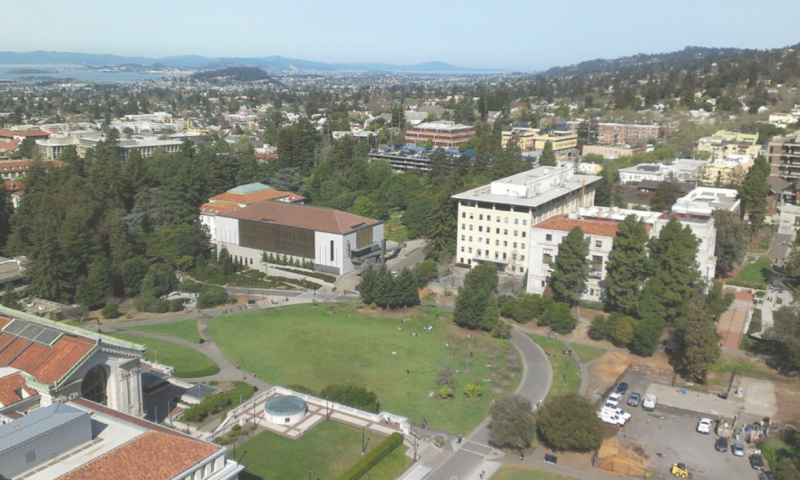
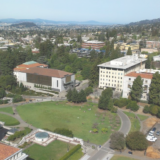
As next week’s June 15 budget deadline looms, legislative leaders hammering out differences between the Assembly and Senate versions of this year’s $171 billion budget for the fiscal year that begins July 1 will also be deciding the fate of retirement security for future University of California workers.


The shortage of affordable rental housing can be traced directly to the 1980s when the federal government sharply curtailed domestic spending.


Southern California port truck drivers striking XPO Logistics have quite the following these days.
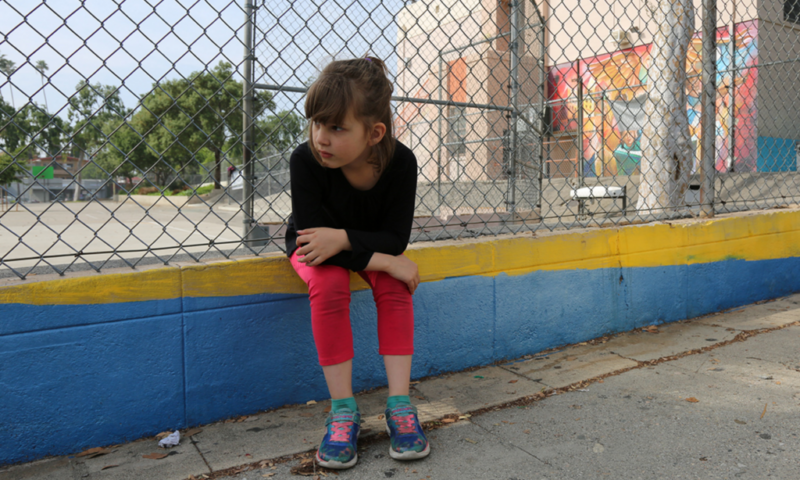

Co-published by The Atlantic.
For the struggling working class, especially those with on-call or non-traditional schedules, the level of involvement that today’s homework requires can be impossible to manage.


When the Great Public Schools Now Initiative, the $490 million blueprint to turn half of Los Angeles’ public school system into charter schools, was first leaked to Los Angeles Times reporter Howard Blume, it triggered an uproar among the city’s education community.


Many parents of students who have successfully matriculated through the Los Angeles Unified School District believe that the key to a successful education means viewing a school as a community.
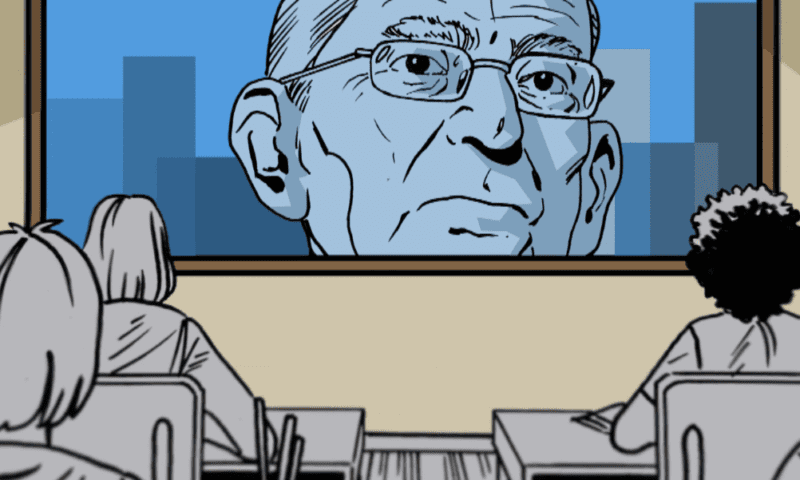
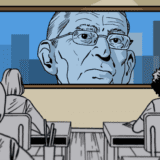
UCLA’s John Rogers on the Struggle for Democratic School Improvement.


Despite the trendy popularity of charter schools in some circles, their wholesale replacement of traditional public schools is unnecessary.




Charter proponents, most notably the Walton Family Foundation, contribute large amounts of money to expand charter schools in select cities around the nation.


The original concept of charter schools emerged nationally more than two decades ago and was intended to support community efforts to open up education.
